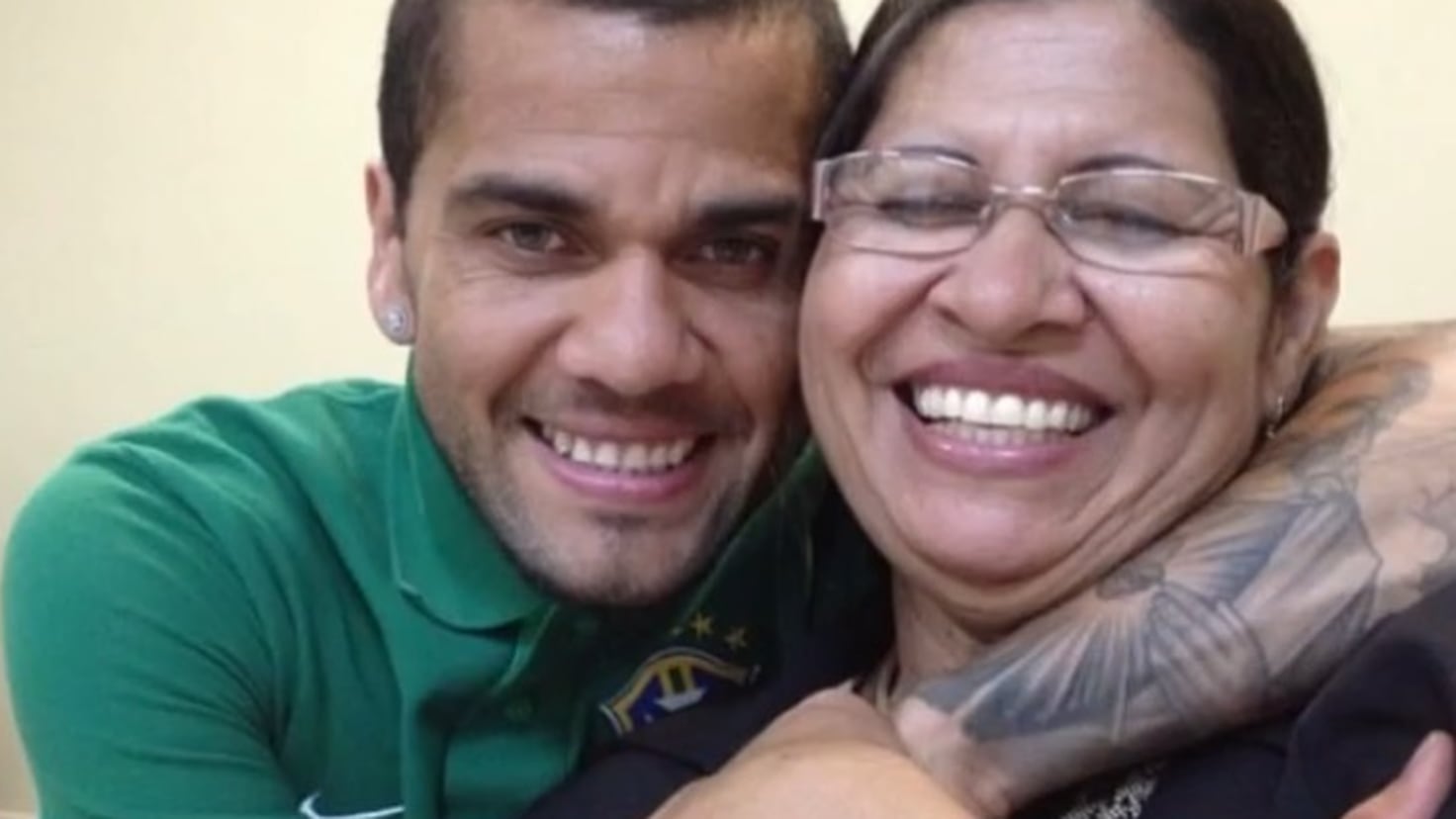Berlin.
Cord blood contains adaptable stem cells that parents can donate or have stored. But how useful is that?
It is the first bond between mother and child: the umbilical cord. The unborn child is docked to the placenta and continuously supplied with oxygen and all the important nutrients that the baby needs for healthy development. After birth, the umbilical cord is clamped and cut with scissors. Thus, the tissue that has been doing such important work for months becomes a waste product.
“It’s a shame to just throw away the umbilical cord,” says Joannis Mytilineos, medical director of the German Central Bone Marrow Donor Register (ZKRD). Because the umbilical cord, more precisely the blood in it, contains valuable stem cells, similar to those that are also in the bone marrow happen.
In addition, the stem cells in the umbilical cord are young and unencumbered, so they are particularly adaptable,” explains Mytilineos. Under certain conditions, umbilical cord blood can also be used with great success transplanted if it does not suit the recipient 100%, this significantly expands the group of patients who are eligible for a transplant. In addition, according to current knowledge, young stem cells would attack the recipient’s body less severely.
According to the German Bone Marrow Donor File (DKMS), stem cells from umbilical cord blood can already be used successfully in over 80 diseases. Most commonly, umbilical cord preparations are currently used to treat blood diseases such as leukemia as well as metabolic and genetic diseases, because these are able to renew the blood formation and immune system of a patient. Some researchers even believe that they will be able to cure diseases such as Alzheimer’s or Parkinson’s in the future. “But that’s still very speculative,” says Mytilineos.
Cord blood collection is painless and risk-free
Another advantage of stem cells from umbilical cord blood is that they are available quickly compared to the much more complex transplantation of stem cells from adult donors. If the mother is of legal age and pregnancy without any complications, the blood can be taken from the umbilical cord after the birth. “This happens after the baby’s umbilical cord is cut off, so it’s risk-free and painless,” says Mytilineos. Whether the child was delivered vaginally or via caesarean section is irrelevant.
Overall, however, cells from umbilical cord blood are only used in around three to four out of 100 stem cell transplants today. A major disadvantage still prevents a wider application in the medicine. “The umbilical cord transplant comes from newborns, so of course there isn’t that much blood in it and therefore not that many stem cells.
For an adult, this is borderline,” explains Mytilineos. Although this is often enough for the treatment of sick children, it is usually not enough for teenagers or adults. These usually need an additional donation. “Nevertheless, it makes sense to consider taking the umbilical cord blood,” says Mytilineos with certainty.
Cord blood is stored in nitrogen tanks below -150 degrees
According to the DKMS, between 60 and 200 milliliters of blood are taken from the umbilical cord and collected in a sterile bag. A courier then brings it to a blood bank. The employees check whether the sample meets all quality criteria. Only then are the stem cells isolated and stored in nitrogen tanks below -150 degrees.
Parents who wish to have umbilical cord blood collected have two options today. You can do the blood for free donate to a public blood bank, such as that of DKMS. The donated blood is listed there anonymously in a public register. “The removed stem cells can be used to help sick people,” explains Mytilineos. However, one has to consider that the possibility of donating the umbilical cord blood for a public stem cell bank is by no means available in all maternity hospitals, mainly due to the strict legal requirements for medicinal products.
Parents can also decide to have the umbilical cord blood stored by a private blood bank – as a possible precaution for their own child. The so-called costs cryopreservation (Freezing the umbilical cord blood in liquid nitrogen) for a period of up to 20 years, depending on the provider, between 1500 and 4000 euros. Parents have to bear the costs themselves, because there are no reimbursements or subsidies from the health insurance companies.
A deal with parental concern?
Private providers advertise aggressively and promise a kind of “biological life insurance” through storage, which opens the door to a large number of people therapy options should open. But the views of commercial providers and medical professionals are often far apart. “Parents’ worries about missing something or not doing something that they might regret later is also a business,” says Prof. Dr. Wolfgang Henrich, Director of the Clinic for Obstetrics at the .
It is currently still very unlikely that your own child in the event of a illness can actually benefit from his own cord blood. “Currently, therapy with the patient’s own umbilical cord blood stem cells probably does not offer any significant advantage over therapy with umbilical cord blood that has been directed to someone else,” explains Dr. Henrich.
For most diseases that can currently be treated with umbilical cord blood, allogeneic – i.e. foreign – preparations are used. No own stem cells. In many cases, one’s own cells are only suitable for therapy to a very limited extent because they may already carry traces of a disease. Also be with one cancer treatment foreign stem cells are even more suitable, since the foreign immune system is also involved in fighting the disease.
Lots of potential in the field of stem cell research
“If you look at the cited specialist literature, you will always find isolated case reports that were promising. But there is clearly a lack of large clinical studies that prove the benefits of taking your own umbilical cord blood,” explains the obstetrician. Medical expert committees such as the International Society for Stem Cell Research see one probability less than one in 20,000 to need their own stem cells. “Parents who decide to store it privately must be aware that it is very unlikely that they will use the umbilical cord blood themselves and that they will not be able to protect their health in the future. Research hasn’t got that far yet,” says Dr. Henrich.
Despite this To ponder instructs Dr. Henrich pointed out that there is still a lot of potential in the field of stem cell research. “You can never rule out how rapidly research is developing. In the long term, many new opportunities could open up here. You wouldn’t have thought 20 years ago that you could call Chicago via Facetime,” the doctor points out.
If she Parents Whether you donate the umbilical cord blood or store it privately is up to you. “It’s just a shame when the valuable blood is lost entirely,” says Joannis Mytilineos from ZKRD.
More articles from this category can be found here: Life



